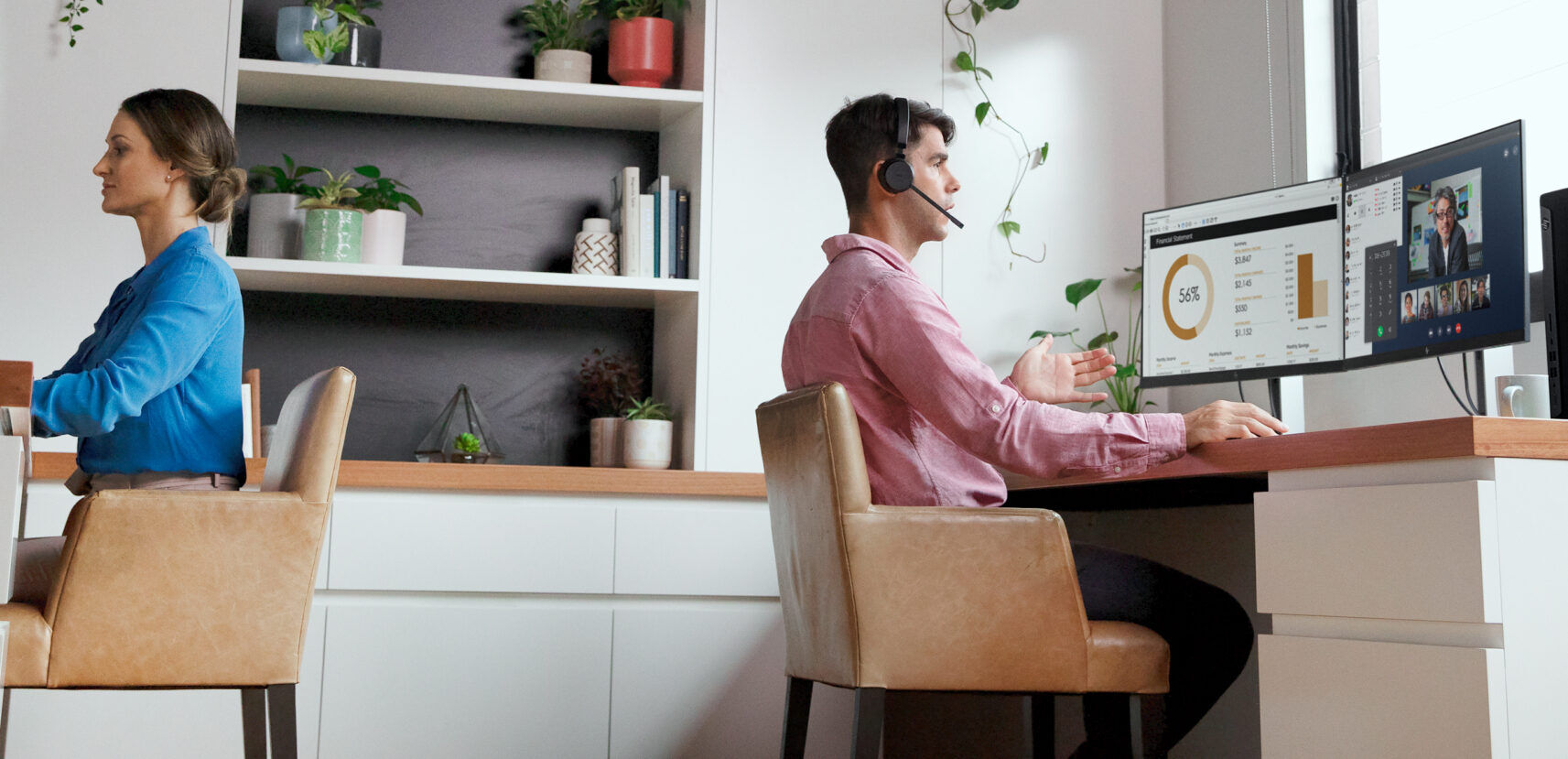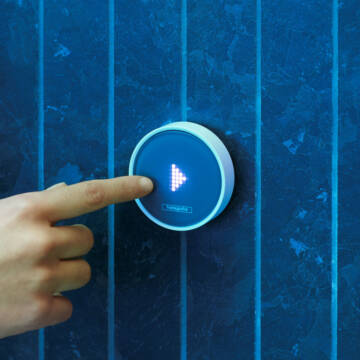The importance of a safe home working environment

Creating a safe home environment where you cannot only live in the best conditions, but also work safely: a goal that is considered important worldwide. Especially since companies worldwide switched – during COVID-19 - to working from home to ensure business continuity.
Creating a safe home environment where you cannot only live in the best conditions, but also work safely: a goal that is considered important worldwide. Especially since companies worldwide switched – during COVID-19 - to working from home to ensure business continuity.
Creating a safe home environment where you cannot only live in the best conditions, but also work safely: a goal that is considered important worldwide. Especially since companies worldwide switched – during COVID-19 - to working from home to ensure business continuity. In a YouGov survey1, 82 % of the participants said they have been working more from home since the start of the pandemic. 23 % of them expect to continue working from home most of the time, also in the future. Creating a secure home network is the logical next step.
Cybercriminals no longer only target company networks, but also home networks which they can easily penetrate. On the one hand, because company devices are not used exclusively for professional purposes. According to HP's Blurred Lines and Blindspots report2, 30 % of respondents allow other users to use the company device, including children doing school assignments or gaming. This results in deliberate actions by hackers offering online games and free movies via an in-app email. On the other hand, employees use their private notebook or printer for professional purposes: a real nightmare for IT.
Ian Pratt – Global Head of Security Personal Systems at HP – confirms users are the point of entry for most attacks. He states that endpoints account for 70 % of successful breaches with malware being delivered through email attachments, web links and downloadable documents. According to Pratt, phishing is of particular concern since attackers are using new techniques such as AI-automated spear phishing where an attacker tailors his lures to a specific individual or group. And that’s not all: email addresses are hijacked and spread malware by responding within existing conversation threads, increasing the probability that users will open the attachment or link. Pratt continues to say that 54 % of ITDM’s have seen an increase in phishing attacks over the past year. The need for thorough protection of home networks is therefore particularly high.

Aaron Barr - Chief Technology Officer at PiiQ Media - is happy to give companies advice on how to avoid security problems as much as possible. Barr strongly recommends using multiple email addresses with one for work, another one for gaming... When a work-related email ends up at the gaming email address, you know something is not right. In addition, Barr says it is important for employees to create secure passwords and use a VPN connection. This way, remote employees can securely connect to the corporate network.
HP also understands the importance of in-depth security and has therefore developed HP Wolf Security: a package of extensive hardware and software security installed in HP Elite PCs. It is based on 20 years of innovation in security and research and provides in-depth endpoint security helping users, companies and IT to prevent nightmares and ensuring safe working everywhere, also at home.
1 A YouGov survey of 8,443 adults in the US, UK, Mexico, Germany, Australia, Canada and Japan. The participants used to work in an office and worked just as much or more from home than before the pandemic. The survey took place between 17 March and 25 March 2021 and was conducted online.
2 The findings in this report are based on four separate data sources:
- A YouGov survey of 8,443 adults in the US, UK, Mexico, Germany, Australia, Canada and Japan. The participants used to work in an office and worked just as much or more from home than before the pandemic. The survey took place between 17 March and 25 March 2021 and was conducted online.
- A Toluna survey of 1,100 IT decision-makers in the US, UK, Mexico, Germany, Australia, Canada and Japan. The survey took place between 19 March and 6 April 2021 and was conducted online.
- The 2020 Cybersecurity Threat Landscape for Remote Workers as a Result of the COVID-19 Pandemic report by KuppingerCole, conducted in March 2021. It provides context and an analysis of the changing work landscape in 2020 as a result of the COVID-19 pandemic with a focus on the activities and practices of companies and employees worldwide, as well as the activities and propensities of malicious actors towards vulnerabilities created by the changing context.
- Threat data captured in HP customers' Sure Click Virtual Machines and analysis from the HP Threat Intelligence team.
Want to know more...
...about this in-depth security solution and how your organisation can guarantee security at every workstation, including home offices?
Latest insights & stories

A Global Movement: The World Unites in a Pink Pledge for Clean and Sustainable Water
5,000 participants. 32 countries. €30,000 funds raised. And that's just the beginning.
Picture this: One step that sends ripples across the globe, transforming lives and creating waves of change. You might wonder, how can such a simple action for most of us have such a profound impact?

Sustainability and circularity in construction
Join us in transforming the future of construction, creating buildings that not only stand the test of time but also contribute to a healthier planet!

RainTunes: Shower scenarios for the soul
Light, hearing, smell, and touch: Together with experts, we have developed sensuous scenarios that turn showering into an individual experience. Whether you want to prepare for the day ahead or relax after working out. Whether you want to refresh after a day’s work or unwind at the end of the evening: RainTunes surprises with multisensory experiences.*
*Currently available only in Germany and Austria.